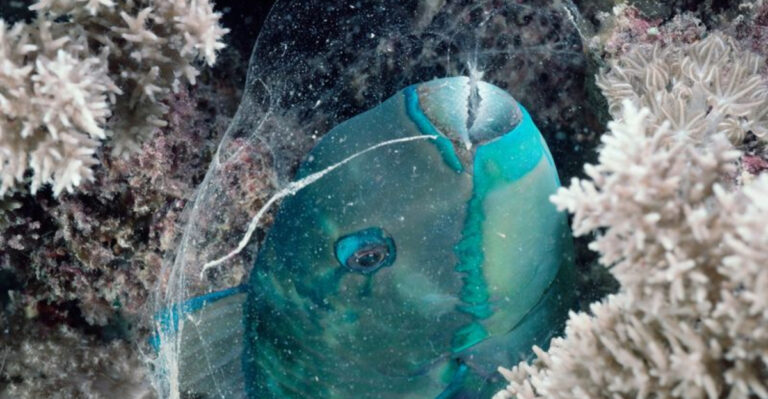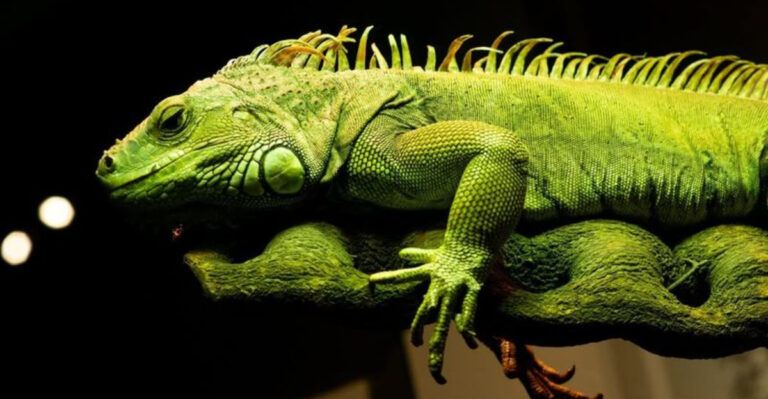12 Lesser-Known Signs Your Dog Might Be Dehydrated
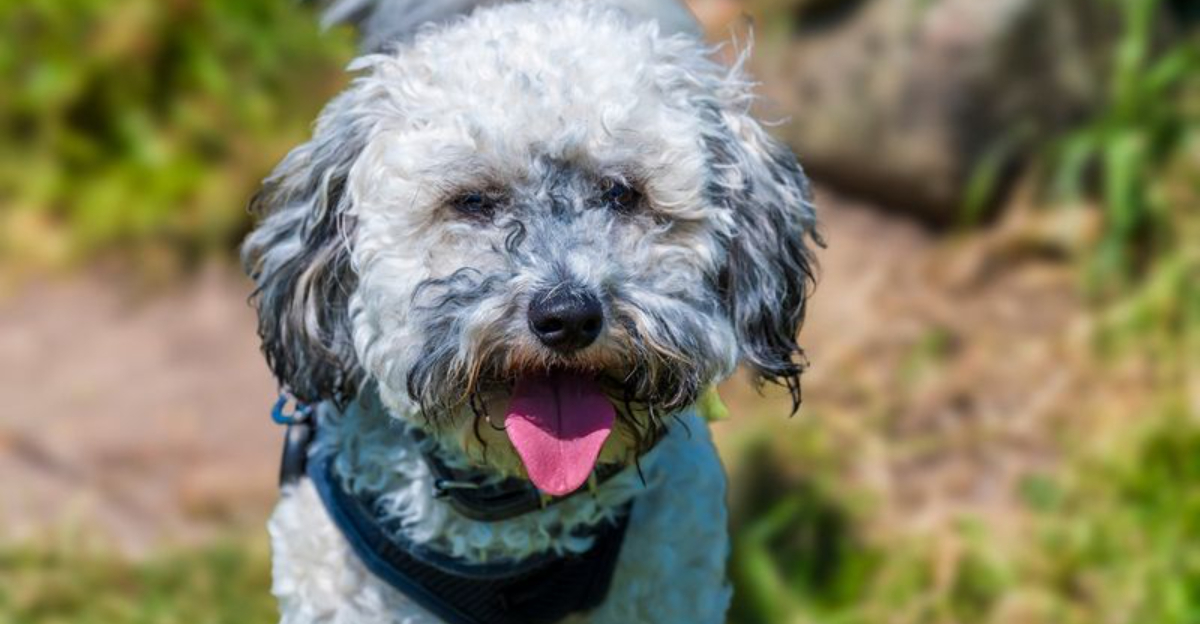
Water is essential for your dog’s health, but many pet owners miss the subtle signs of dehydration. Beyond the obvious excessive thirst, there are several quiet signals your furry friend might be sending when they need more water.
Catching these warning signs early can prevent serious health issues and keep your pup happy and hydrated.
1. Dry Nose Or Gums
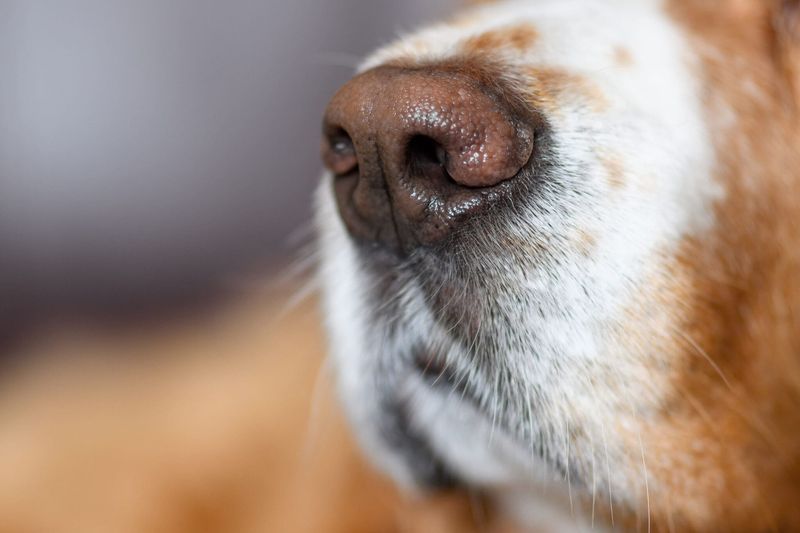
Your dog’s nose should normally feel cool and moist to the touch. When dehydration strikes, the moisture disappears, leaving behind a dry, cracked surface that many owners dismiss as normal variation.
The gums tell a similar story – they should be pink and wet, not pale and tacky. Press your finger against your dog’s gums and watch how quickly color returns – slow recovery suggests dehydration.
2. Sunken Eyes

Look deeply at your pup’s eyes – they shouldn’t appear to be sinking into the sockets. This subtle change happens as the tissues around the eyes lose moisture and begin to recede.
The sparkle and brightness of your dog’s eyes may also fade when water levels drop. Many pet parents attribute these changes to aging or tiredness, missing this important hydration clue.
3. Decreased Skin Elasticity
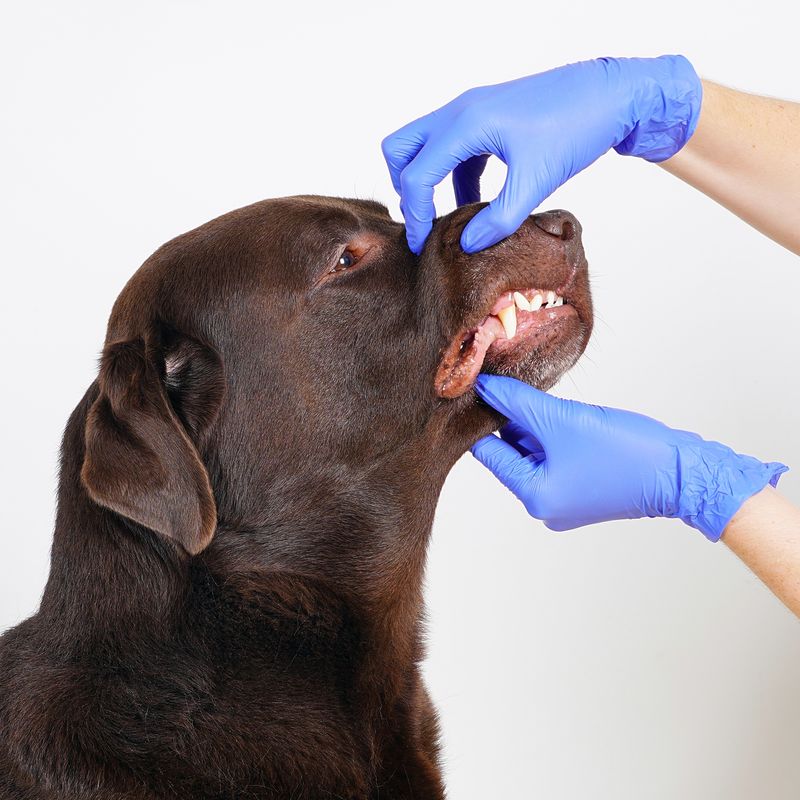
Healthy dogs have elastic skin that snaps back quickly when gently pinched. Try lifting the skin at your dog’s shoulder blades – it should immediately return to normal.
If the skin forms a “tent” or slowly sinks back, your pup needs water fast. This simple test, called skin tenting, reveals how well-hydrated the tissues are beneath the fur.
4. Panting More Than Usual
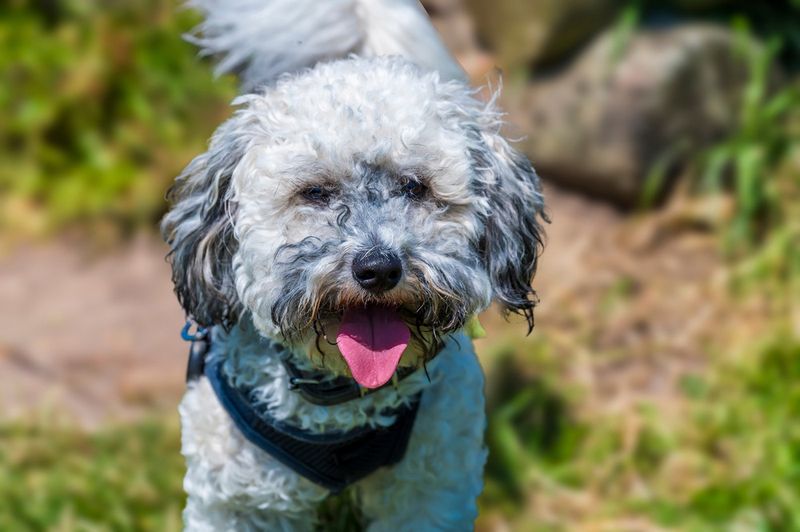
Dogs naturally pant to cool down, but excessive panting without obvious cause deserves attention. A dehydrated dog often pants harder and longer than normal, even in comfortable temperatures.
Pay special attention to the sound – dry, raspy panting differs from normal cooling behavior. This increased respiratory effort signals your dog’s body is working overtime to maintain temperature without adequate water.
5. Loss Of Appetite
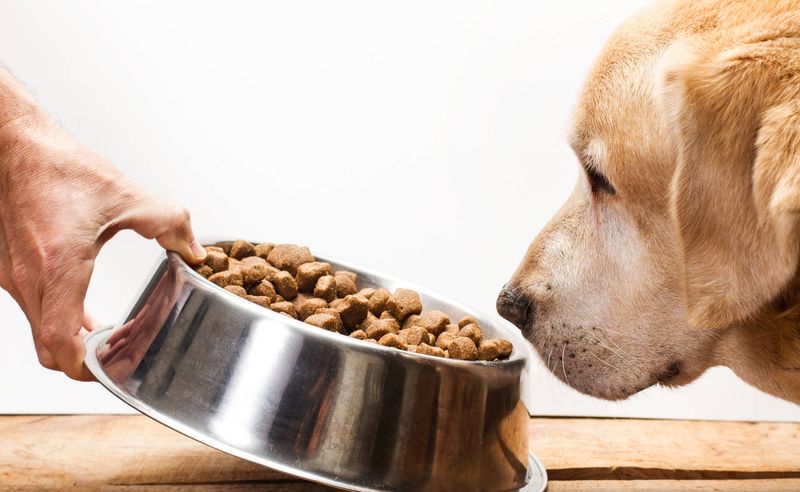
A normally food-motivated dog suddenly turning away from meals might be signaling dehydration. Without proper fluid levels, digestive enzymes don’t function correctly, making eating uncomfortable.
The connection between thirst and hunger often goes unnoticed. Your pup may seem picky or stubborn when actually experiencing the early stages of dehydration, affecting their desire to eat.
6. Lethargy Or Fatigue
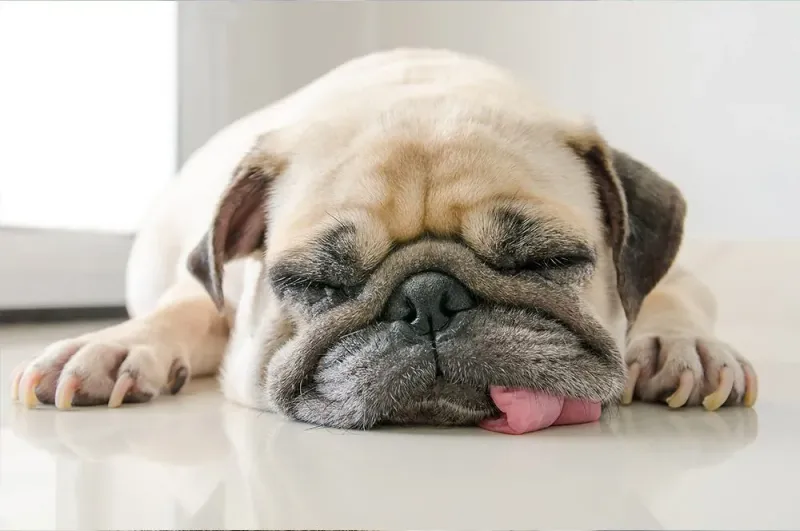
A sudden drop in your dog’s enthusiasm for play could be more than just a lazy day. Dehydration reduces blood volume, forcing the heart to work harder to circulate oxygen.
Watch for unusual tiredness after minimal activity or reluctance to go on walks they normally enjoy. Your typically energetic companion might seem sluggish or disinterested because their body is conserving energy while fighting fluid loss.
7. Changes In Urination Patterns

Monitor your dog’s bathroom breaks carefully – dehydration often shows up first in urination changes. The body conserves water by concentrating urine, making it darker yellow or amber instead of pale straw-colored.
Frequency matters too. A dehydrated dog may urinate less often or produce smaller amounts. Some owners mistakenly attribute these changes to training issues rather than recognizing them as health warnings.
8. Dry Or Flaky Skin
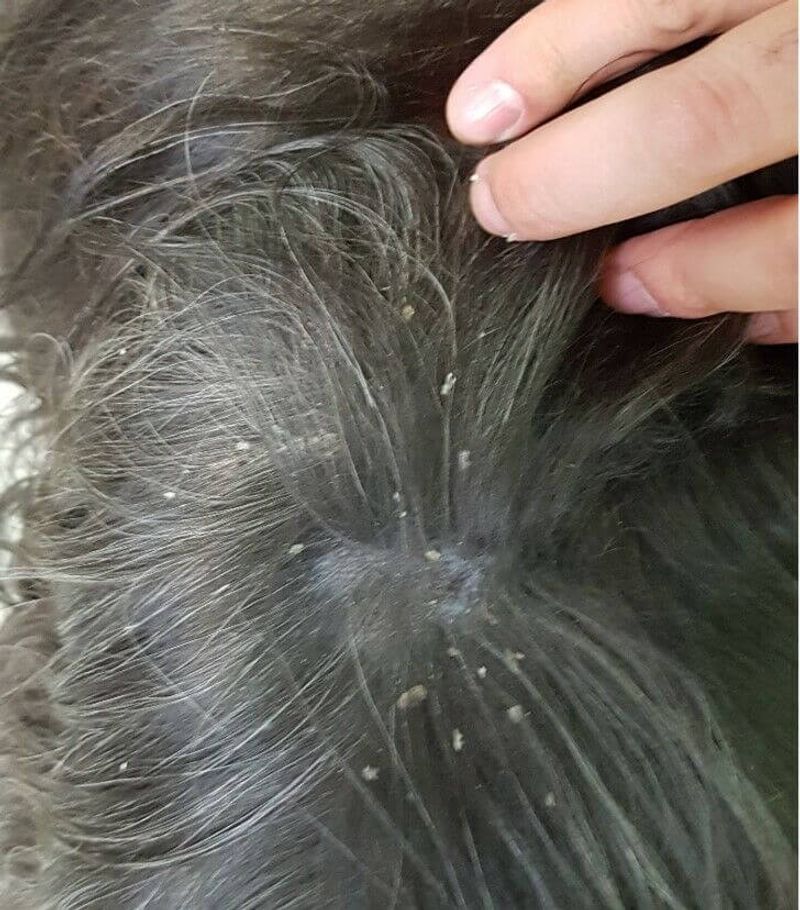
Run your fingers through your dog’s coat – feeling excessive dryness or flakes might signal internal dehydration. The skin, as the largest organ, often shows water deficiency through dandruff-like symptoms.
Unlike seasonal dryness, dehydration-related skin problems don’t respond well to topical treatments alone. The flakiness may appear suddenly rather than gradually, affecting areas that were previously healthy and smooth.
9. Vomiting
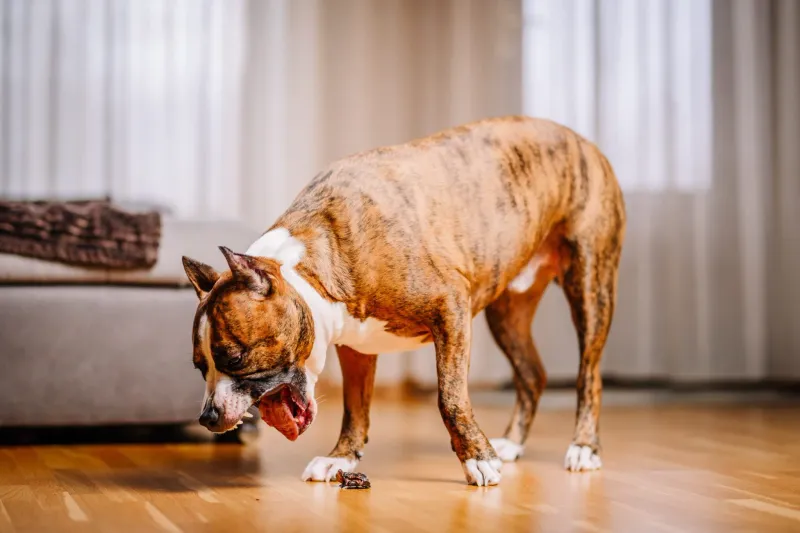
Vomiting creates a dangerous cycle – it depletes body fluids while making your dog less likely to drink. Even a single episode can trigger significant water loss, especially in smaller breeds.
The vomit itself provides clues – foamy, bile-colored liquid often appears when dehydration has already begun. After vomiting, carefully monitor your dog’s water intake, as they may need encouragement to rehydrate properly.
10. Thick Or Sticky Saliva
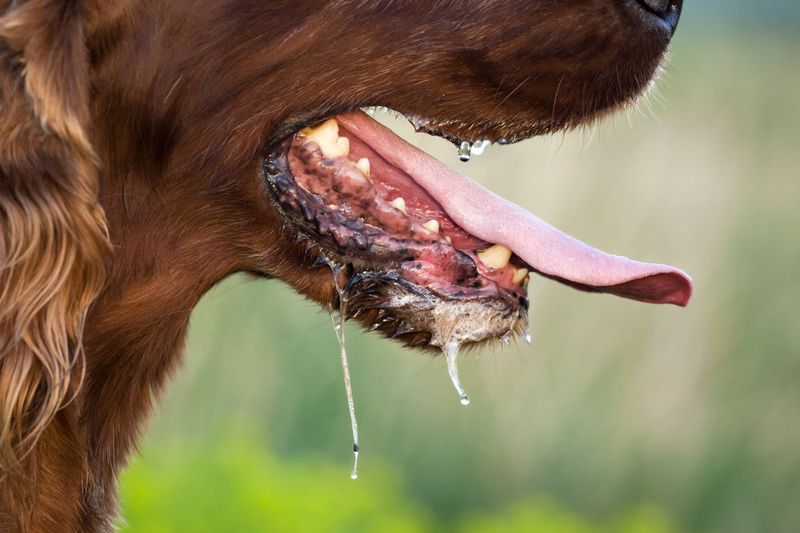
Healthy dog drool should be thin and watery. When dehydration sets in, saliva becomes thick, stringy, or develops a sticky consistency that clings to the teeth and gums.
You might notice white foam at the corners of your dog’s mouth or strings of saliva when they drink. This change happens because the body can’t produce enough fluid to maintain normal saliva composition.
11. Refusal To Drink
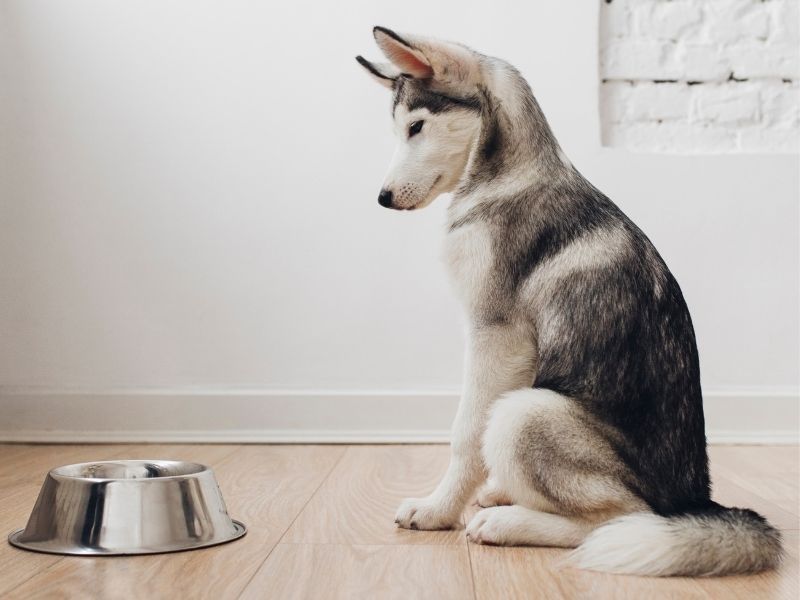
Counterintuitively, some dehydrated dogs actually avoid water. Nausea from electrolyte imbalances can make drinking unappealing, creating a dangerous situation where the thirstier they get, the less they want to drink.
Water temperature matters too. A dehydrated dog may refuse room-temperature water but accept cool water. Try different bowls, locations, and even adding ice cubes to entice reluctant drinkers.
12. Slower Recovery From Exercise
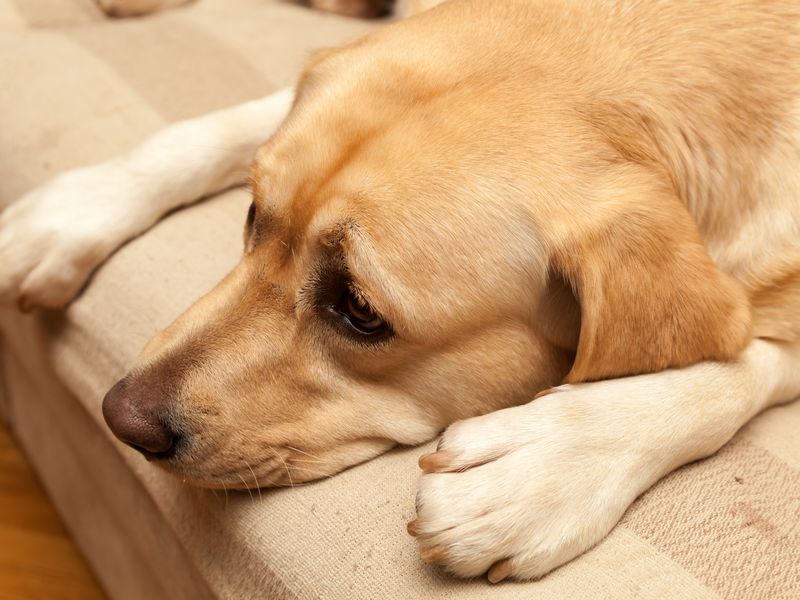
After playtime, a well-hydrated dog bounces back quickly. Dehydration extends recovery time dramatically – your pup may continue panting long after activity ends. Watch how your dog behaves post-exercise.
Lingering fatigue, excessive thirst, or seeking cool surfaces to lie on suggest hydration problems. This delayed recovery often goes unnoticed but provides valuable insight into your dog’s fluid balance.



